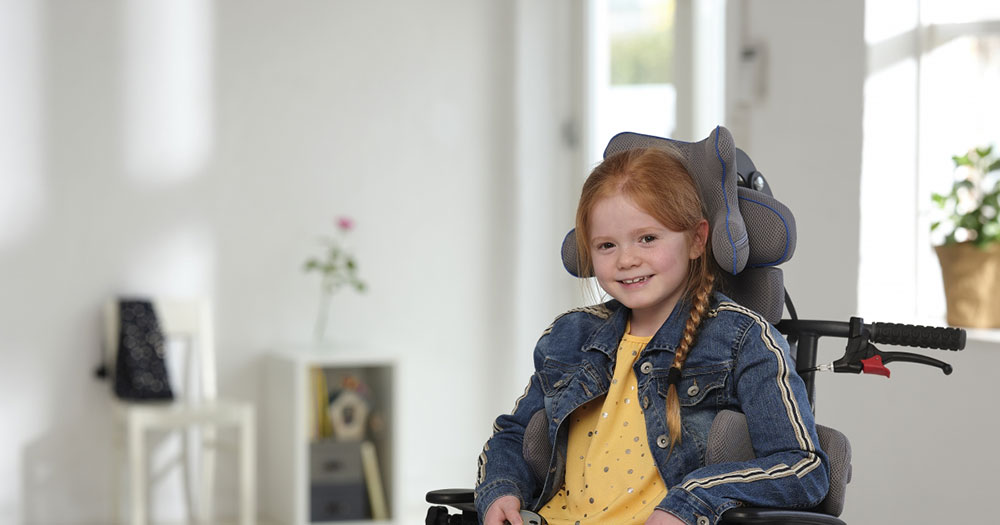EVERYDAY ACTIVITY INCREASES THE BODY AWARENESS FOR WHEELCHAIR USERS
To be active is important for our wellbeing – both physically and mentally. For people sitting in a wheelchair, it can be a challenge to incorporate enough activity into their lives. But there are some good reasons to make an extra effort for it. We have talked to physiotherapist Linnea Møller about why everyday activity can make a big difference for people in wheelchairs.
Our bodies are made to be active. It therefore has a big impact on the body, when a person has to sit in a wheelchair most of the day. That means, that it takes extra time and often requires help from others to be active. But there are many reasons to incorporate more activity into the everyday life.
“From the moment one is put in a wheelchair, one suffers from the many hours in the same position. It affects both the muscles in the legs, which will often become shorter, but it also affects the learning ability,” says Linnea Møller.
The learning ability is something Linnea Møller and her colleagues have focused on in their work. She explains, that we are more awake, when we are standing up and when we are moving. It is therefore a big advantage to stand up when we are in a learning situation. To create activity in our bodies increases our body awareness and makes us more awake, so that we can get more out of our lives.
To be present in the body and in the world
This self-awareness and body awareness can make the wheel chair user calmer and increase his or her possibility of interacting with others and the surroundings.
“It makes it easier for us to be in the world, when we can feel, that we are present. The better we as therapists are to make their body experience specific, the better preconditions we give them to be in the world,” Linnea Møller says.
It is not only muscles and joints that benefit from regular activity. The senses are also positively affected, when the body changes position. When you are used to sit still in a wheel chair, it makes a big difference to get up and standing. To feel where you are in the room and how the body reacts on the change it is to suddenly be standing up.
“If you are uneasy, it will calm you down to be able to feel your own body. And if you are tired it can awake the body to stand up. We have to be awake to stand up. It is about giving people a better body awareness, so that they can get the most out of their own lives,” Linnea Møller says.
Breathe in, breathe out
When we sit down for many hours, we are blocking for an optimal respiration. Getting up and standing can make it easier to breathe deeply.
“Physically we have more space for oxygen in our lungs when we are standing up. That means, that they get “free” oxygen just by standing up and changing their position. That also make it easier to stay awake,” Linnea Møller tells.
Start looking at a typical day for the user
Linnea Møller points out, that it is important to always start with looking at the user’s needs, when it comes to finding out, what kind of activity is suitable for this user. Examine how long the user is awake, how long time the user spends in the wheel chair a day and so on. That way you can get an overview of where you can really make a difference. If you can make sure, that the user gets up and standing more times a day, you have already done a lot.
